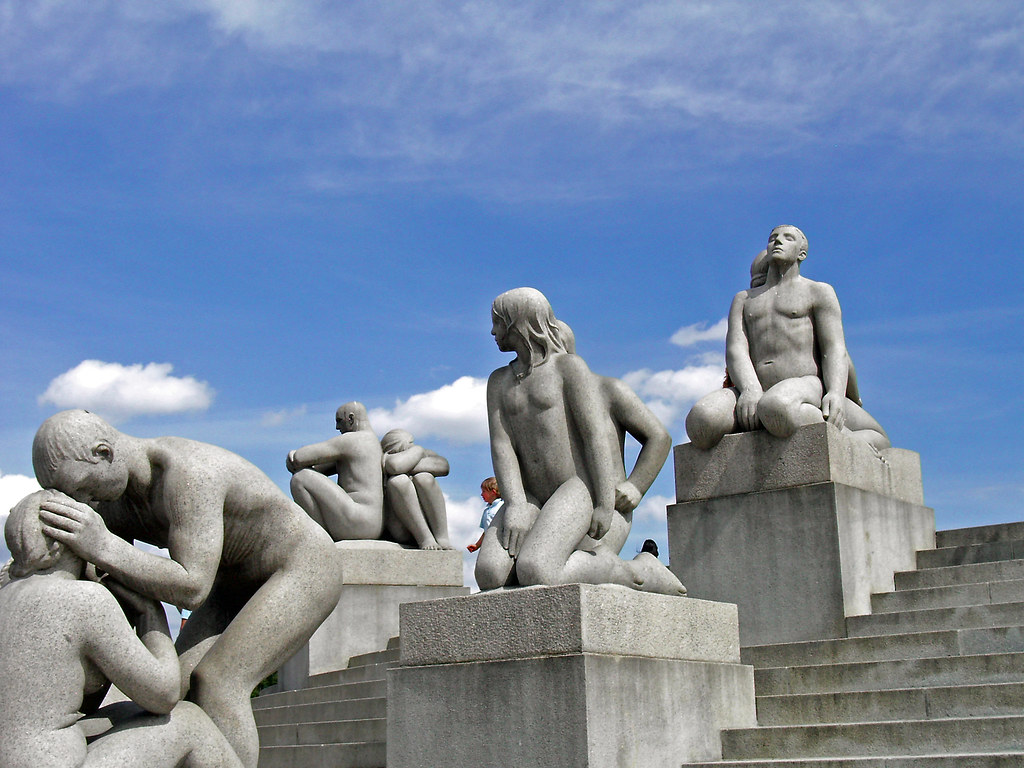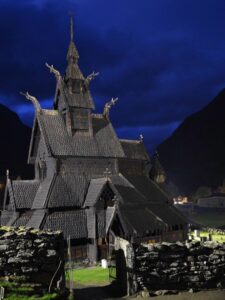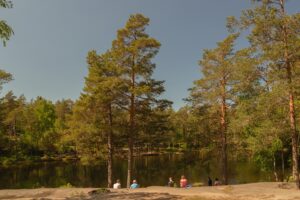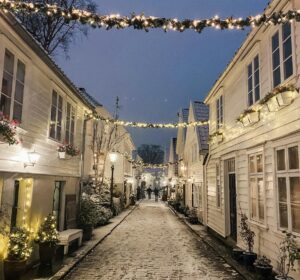Nestled in the heart of Oslo, Frogner Park is a must-visit destination for anyone traveling to Norway’s capital. Known for its stunning sculptures and expansive gardens, the park offers a unique blend of art, nature, and history. Whether you’re an art enthusiast, a nature lover, or simply looking for a peaceful place to relax, Frogner Park has something for everyone.
What to See
Frogner Park is home to the world-famous Vigeland Installation, a collection of over 200 sculptures created by the renowned Norwegian artist Gustav Vigeland. These sculptures, made from bronze, granite, and wrought iron, depict the human form in various stages of life and emotions. The centerpiece of the installation is the Monolith, a towering granite column carved with 121 human figures, symbolizing the cycle of life. Another highlight is the Wheel of Life, a sculpture that represents eternity through its circular form.
Beyond the sculptures, the park’s beautifully landscaped gardens are a sight to behold. With vast lawns, tree-lined paths, and vibrant flower beds, the gardens provide a serene backdrop for a leisurely stroll or a picnic. The park also features a rose garden with over 14,000 plants, showcasing a stunning array of colors and fragrances.
A Bit of History and Interesting Facts
Frogner Park has a rich history dating back to the early 20th century. The land was originally part of the Frogner Manor, which was purchased by the city of Oslo in 1896. The park was officially opened to the public in 1904, and the Vigeland Installation was completed between 1924 and 1943. Gustav Vigeland was not only the artist behind the sculptures but also the designer of the park’s layout, making it a cohesive artistic vision.
An interesting fact about the park is that it is the largest sculpture park in the world created by a single artist. Vigeland’s work is unique in its focus on the human condition, exploring themes of life, death, and relationships. The park attracts over a million visitors each year, making it one of Oslo’s most popular tourist attractions.
How to Get There and Tips for First-Time Visitors
Frogner Park is conveniently located in the Frogner borough of Oslo, making it easily accessible by public transportation. Visitors can take the tram (lines 12 or 15) or bus (lines 20 or 30) to the Vigelandsparken stop, which is just a short walk from the park’s main entrance. For those who prefer to drive, there is parking available nearby, although it can be limited during peak times.
First-time visitors should plan to spend at least a couple of hours exploring the park to fully appreciate its beauty and artistry. The park is open year-round, and admission is free, making it an affordable option for travelers. Be sure to wear comfortable shoes, as there is plenty of walking involved. If you’re visiting in the summer, consider bringing a picnic to enjoy on the lawns, or stop by the park’s café for a snack.
In summary, Frogner Park offers a unique blend of art and nature that is sure to captivate visitors of all ages. With its stunning sculptures, beautiful gardens, and rich history, it’s a place that invites exploration and reflection.








